FIONA LEROY
Fiona Leroy
During the snowy month of December 2017, the Domaine was created, born of a desire for independence and freedom. From an agricultural and ecological perspective, this appellation is one of the most diversified of the Cote de Beaune thanks to its woods, rivers, pastures, livestock farming, wild fauna, hills and valleys. These valuable characteristics require a lot of care.
During the snowy month of December 2017, the Domaine was created, born of a desire for independence and freedom. From an agricultural and ecological perspective, this appellation is one of the most diversified of the Cote de Beaune thanks to its woods, rivers, pastures, livestock farming, wild fauna, hills and valleys. These valuable characteristics require a lot of care.
This 2.70 hectares domain, which is perched on the hill of the attractive and secret Burgundy village called Dezize-Les-Maranges, results from unexpected encounters, hard work and lucky star. It is one of the region’s most ecologically diverse villages, with woods, pastures, rivers, hills, valleys, livestock farming and wild fauna. All of Fiona’s plots are composed of clay-limestone, sometimes stony. A mineral terroir which stores a lot of water.
To fight against diseases such as Mildew and Oidium, Fiona uses copper and sulphur combined with infusions and decoctions (horsetail, nettle, achillea). Only manual work is done in the vineyards, and sometimes they use a small caterpillar tractor to carry out treatments and ploughing. After a manual harvest, white wines are pressed as soon as the grapes reach the winery, where they are taken down to the cellar where fermentation will continue in oak barrels. No oenological product is used apart from low doses of sulfur to protect the wine from potential bacteria when it is necessary.
To fight against diseases such as Mildew and Oidium, Fiona uses copper and sulphur combined with infusions and decoctions (horsetail, nettle, achillea). Only manual work is done in the vineyards, and sometimes they use a small caterpillar tractor to carry out treatments and ploughing. After a manual harvest, white wines are pressed as soon as the grapes reach the winery, where they are taken down to the cellar where fermentation will continue in oak barrels. No oenological product is used apart from low doses of sulfur to protect the wine from potential bacteria when it is necessary.
REGION OF PRODUCTION
Burgundy - France
APPELLATION
Bourgogne, Hautes Côtes de Beaune, Marange, Marange 1er Cru
FOUNDED
2017
VINEYARD
2.7 hectares
CLIMATE
Continental climate
SOIL COMPOSITION
Clay-Limestone
VARIETIES GROWN
Pinot Noir, Chardonnay, Aligoté
AGRICULTURE
Organic































